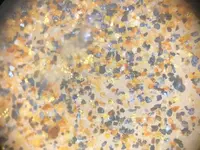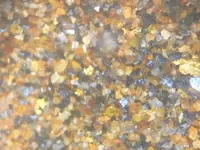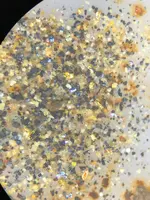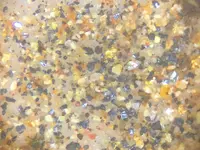Assembler
Silver Member
- Joined
- May 10, 2017
- Messages
- 3,667
- Reaction score
- 1,466
- Golden Thread
- 0
- Detector(s) used
- Whites, Fisher, Garrett, and Falcon.
- Primary Interest:
- Prospecting
Yes. The Galena ore can also run very lean of other values per ton then get much richer per ton as one goes down a "Lode line" of the ore.Most ore is going to have a least some pyrite in it which can be mixed with arseno..I I have into a lot of ore with a garden variety of chalcopyrite, arsenopyrite, galena mixed with free milling gold. The levels of which made the difference whether it should be considered a complex ore or not.
Galena (lead sulphide) in particular can run into the hundreds of oz per ton of gold. Its tough to assay those sulfides eat..







